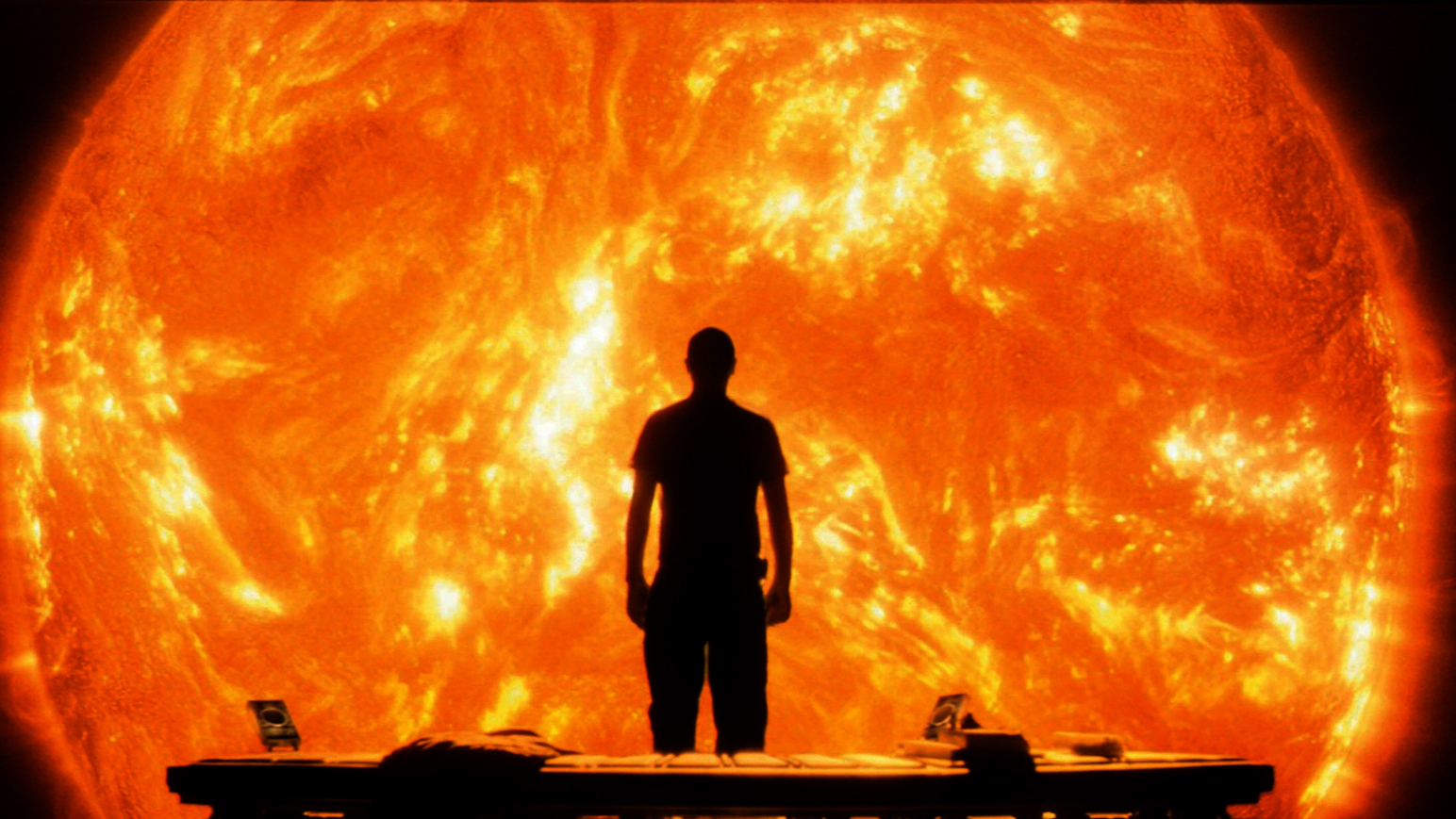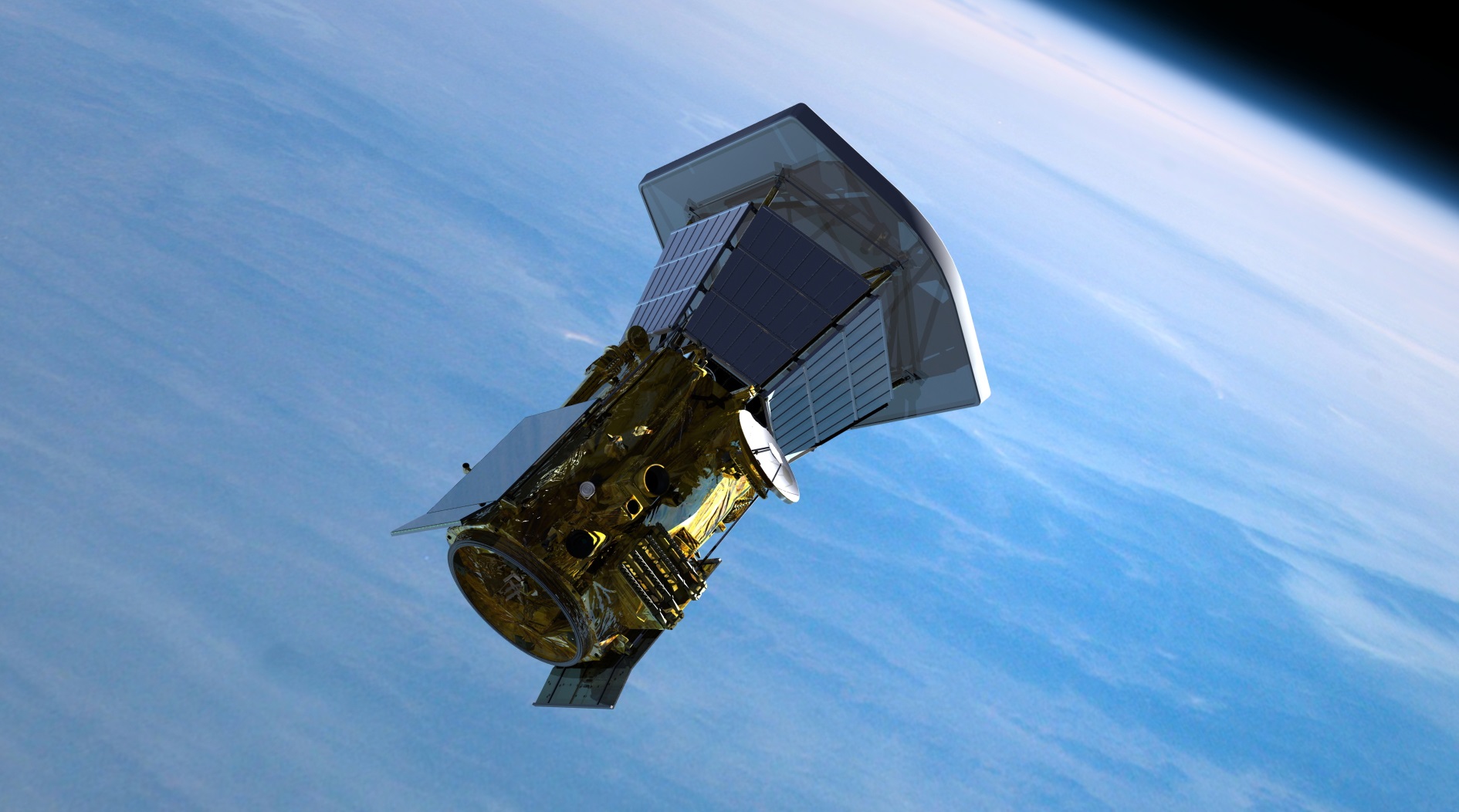Nasa's next probe set to 'touch the Sun'
Don't talk to me or my Sun ever again

You owe quite a lot to the Sun. Without it, there'd be no food, no energy, no humans, animals or plants, and in fact no Earth itself. The fusion taking place in the Sun's core powers every experience you have ever had and likely ever will - it's impossible to imagine life without it, because there'd be no life.
So it's understandable then that we should probably get to know it better. That's why Nasa is going to be launching a probe in summer 2018 that'll soar through the Sun's atmosphere with the goal of answering decades-old questions about how it works.
Why this all sounds a little close to Danny Boyle's Sunshine movie for our liking, it's being done to help us understand more about how the weather works on the moon and Mars.
The probe, which will be named Solar Probe Plus, will have to cope with temperatures and radiation levels that no other has ever faced before. It'll need to keep its insides at room temperature when it's a toasty 1,400C outside. To do that, it'll use a 11.5cm-thick heat shield made of carbon composite, as well as a water cooling system.
Closer and closer
Its course will loop around Venus seven times over the course of about seven years, taking it closer and closer towards the the Sun's surface. At its closest, it'll swoop within six million kilometres - close enough to trace magnetic fields and scoop up a few solar particles.
The data gathered will help us better understand and predict space weather, which can have an enormous impact on objects outside our atmosphere - like satellites, or people travelling to Mars.

"Understanding the activity of the Sun and predicting weather from it is crucial if we really want to have humans explore space more, including working and living on the Moon and Mars," Brad Tucker from the Australian National University's Research School of Astronomy and Astrophysics told Science Alert.
Sign up for breaking news, reviews, opinion, top tech deals, and more.
The full details of the probe will be announced at a Nasa press conference at 3pm UTC on 31 May 2017. You can watch it online at Nasa TV.
